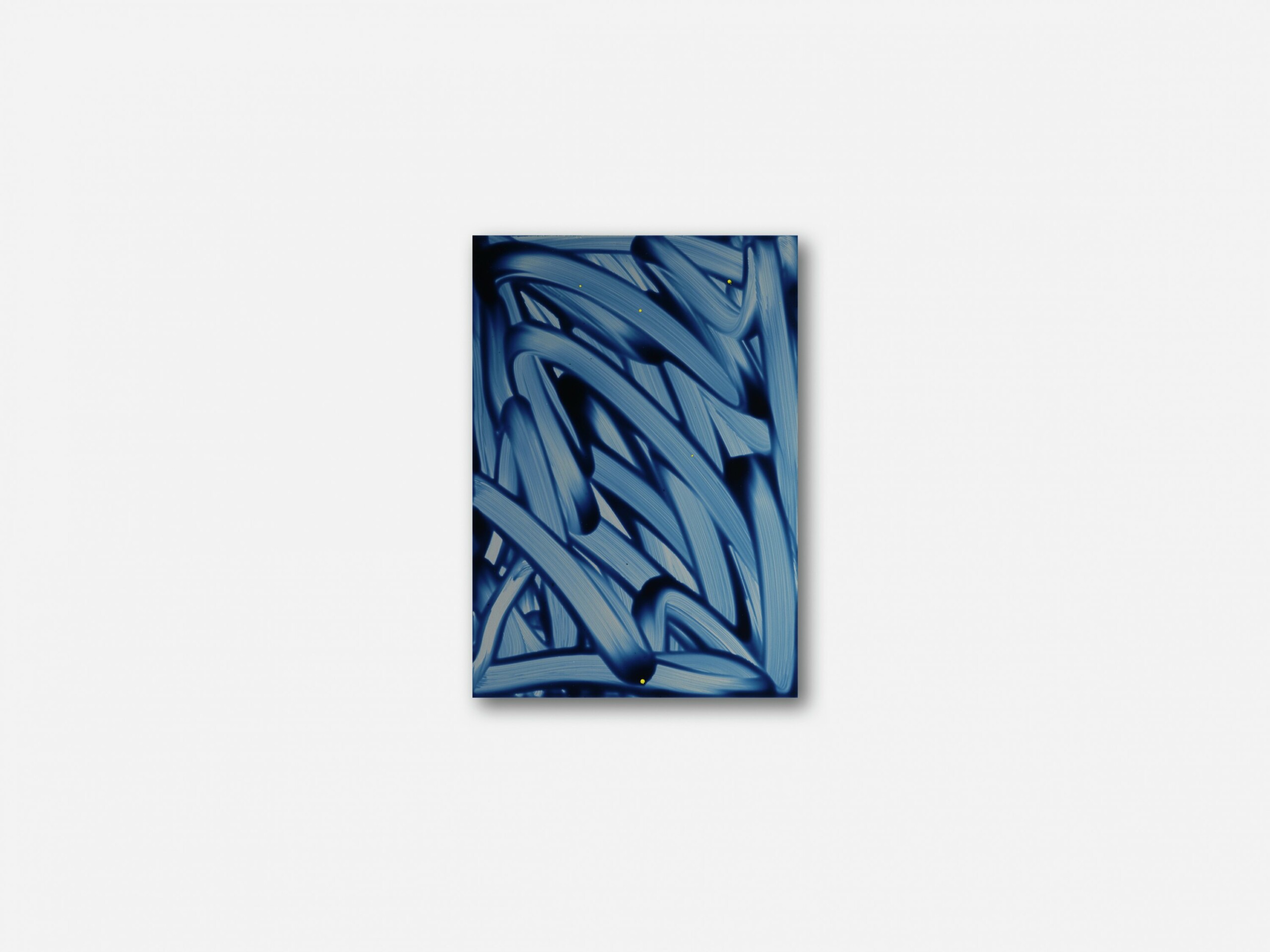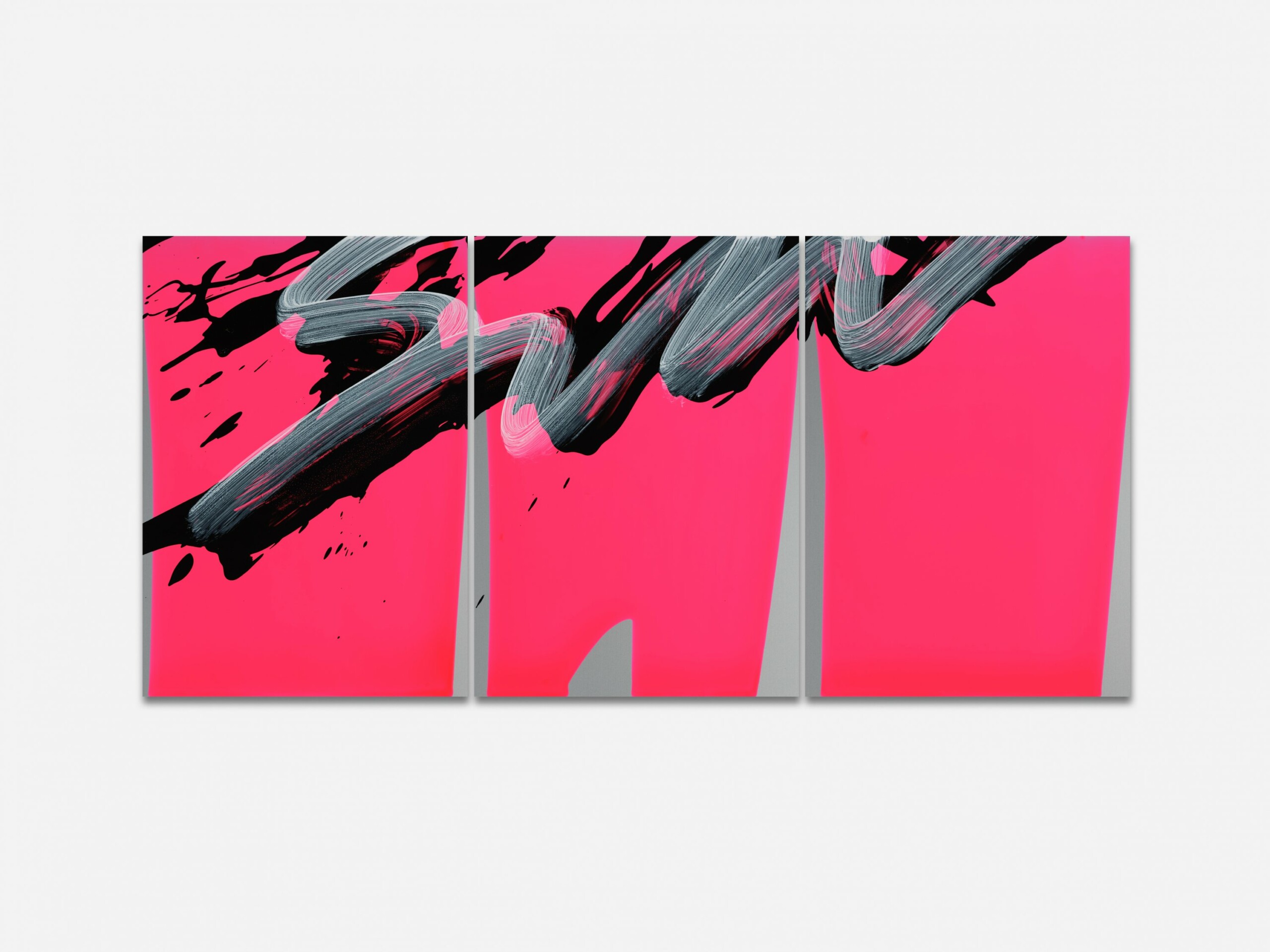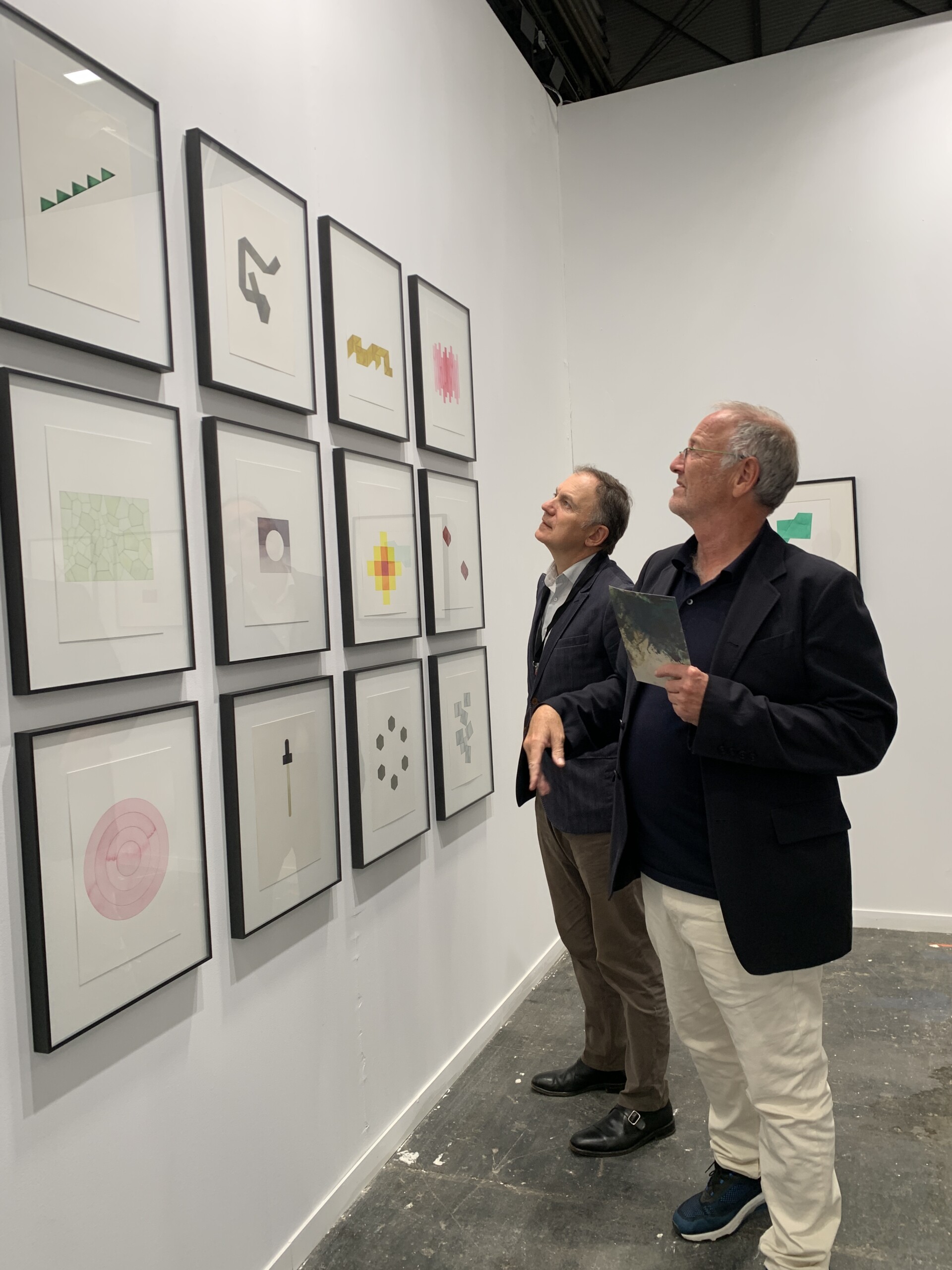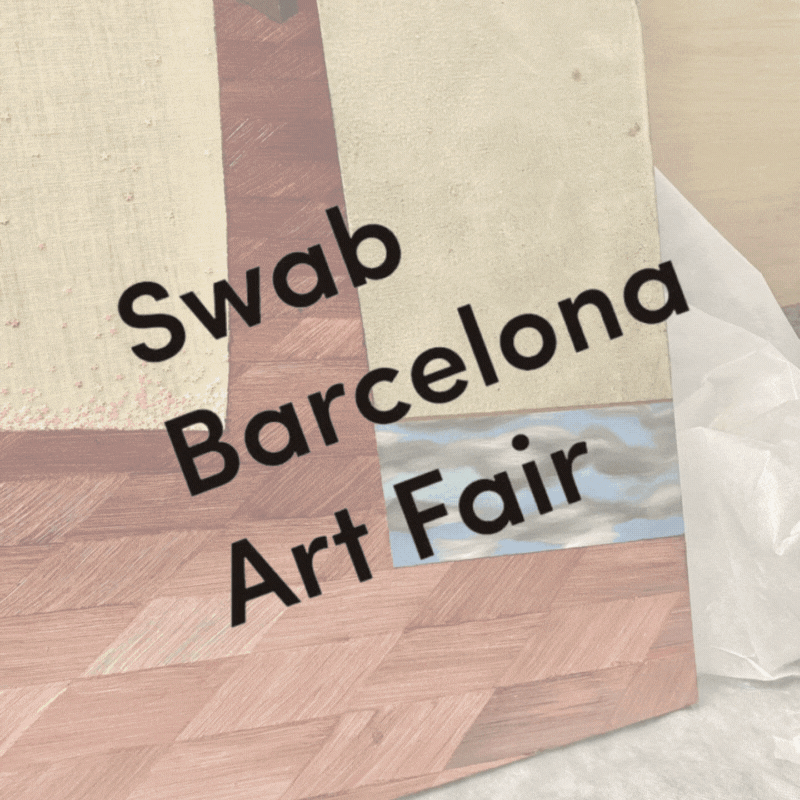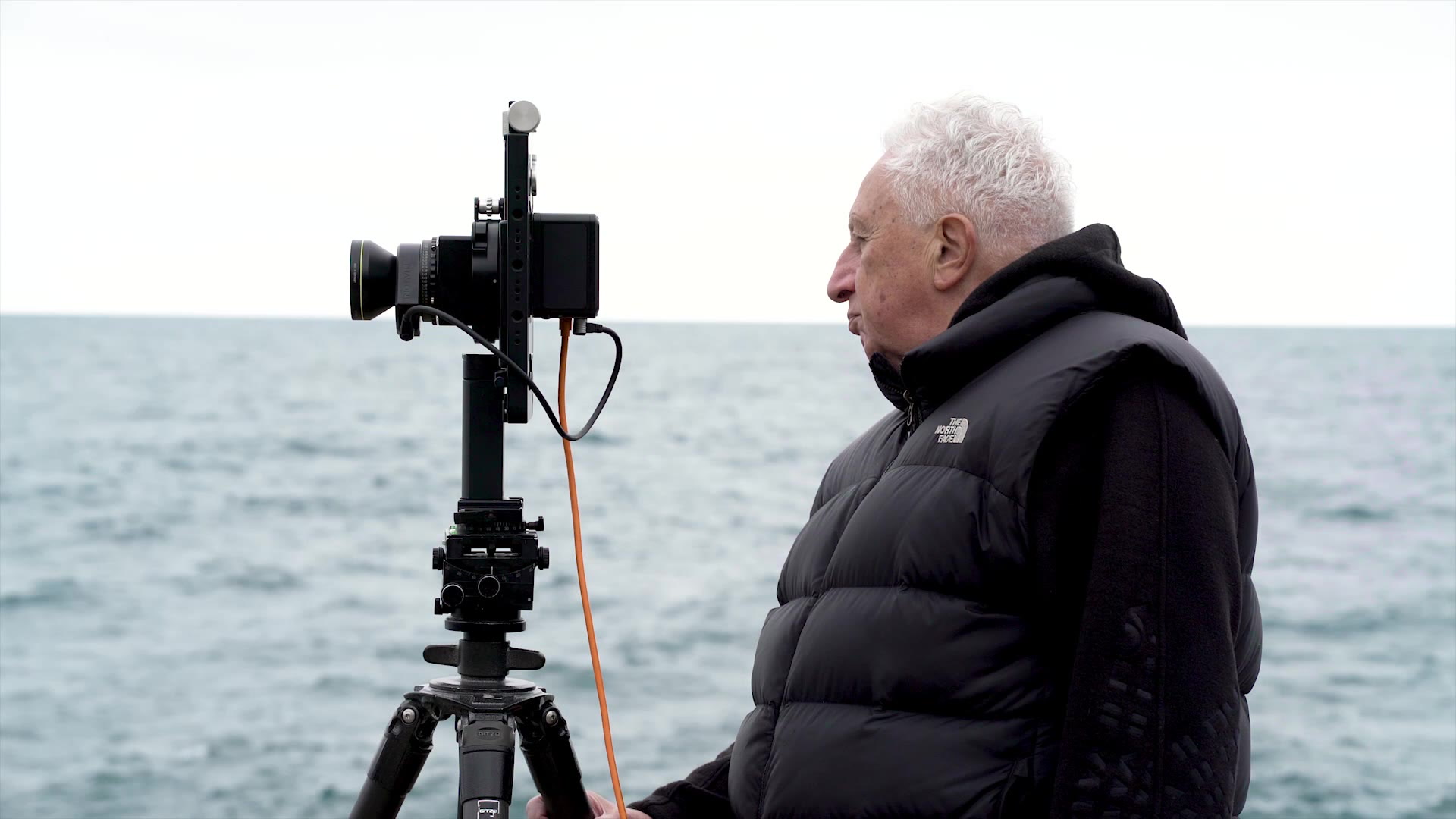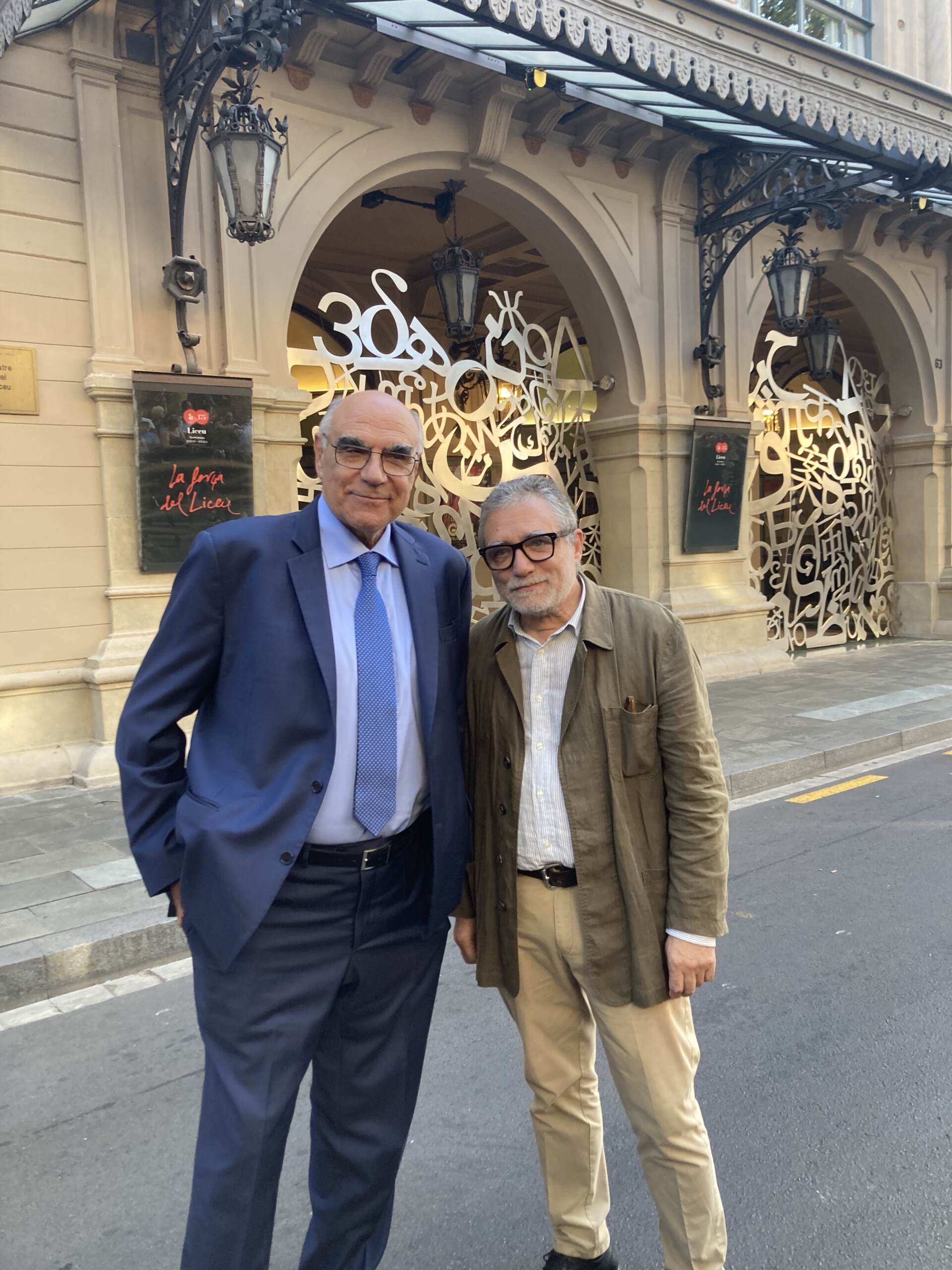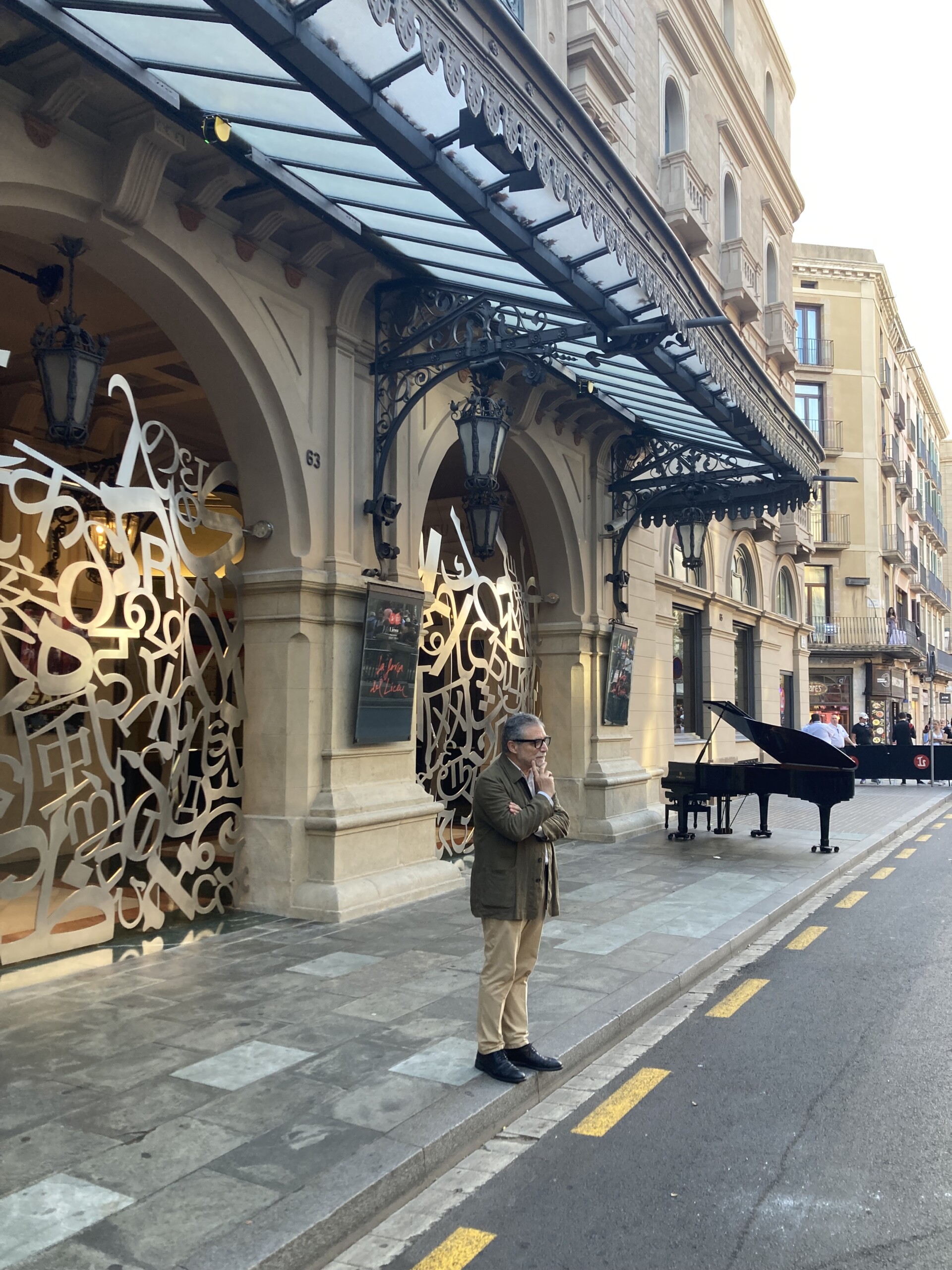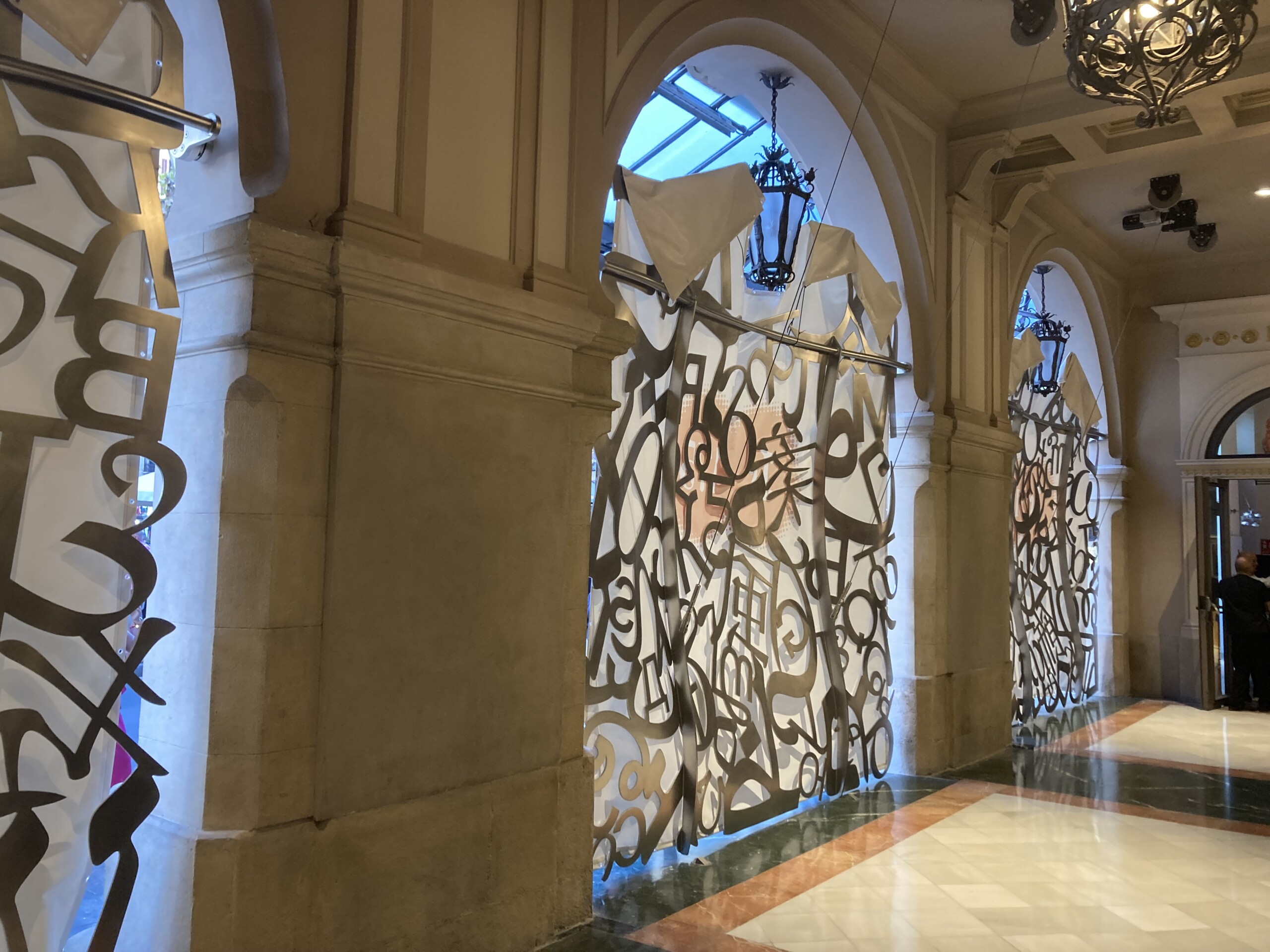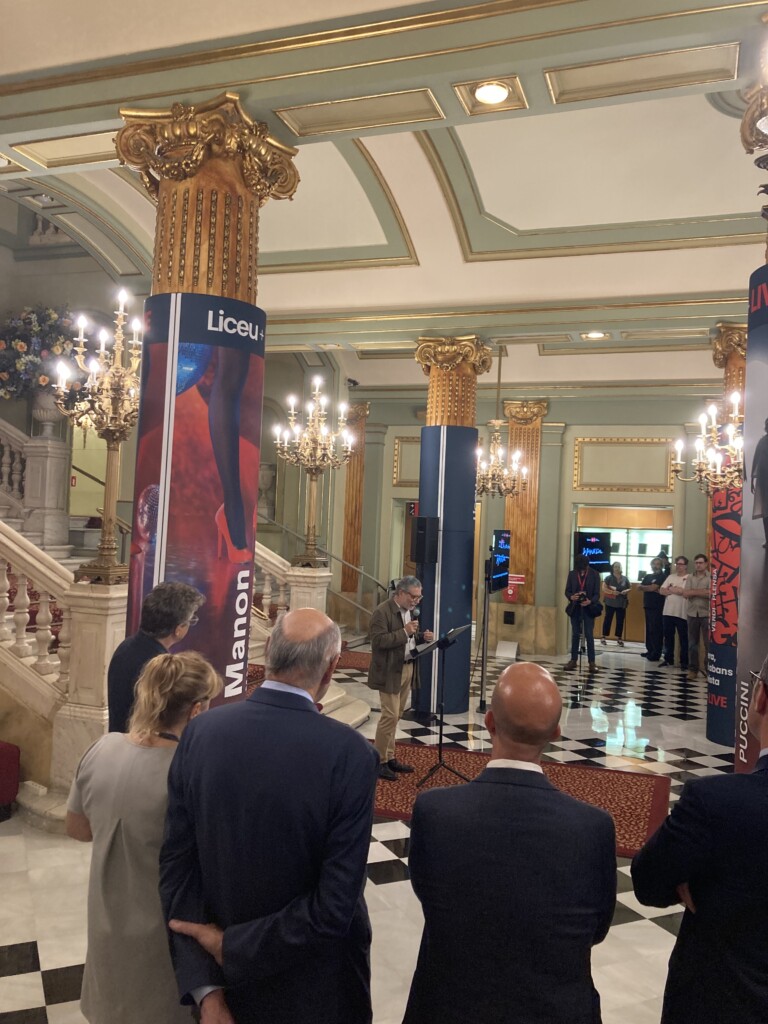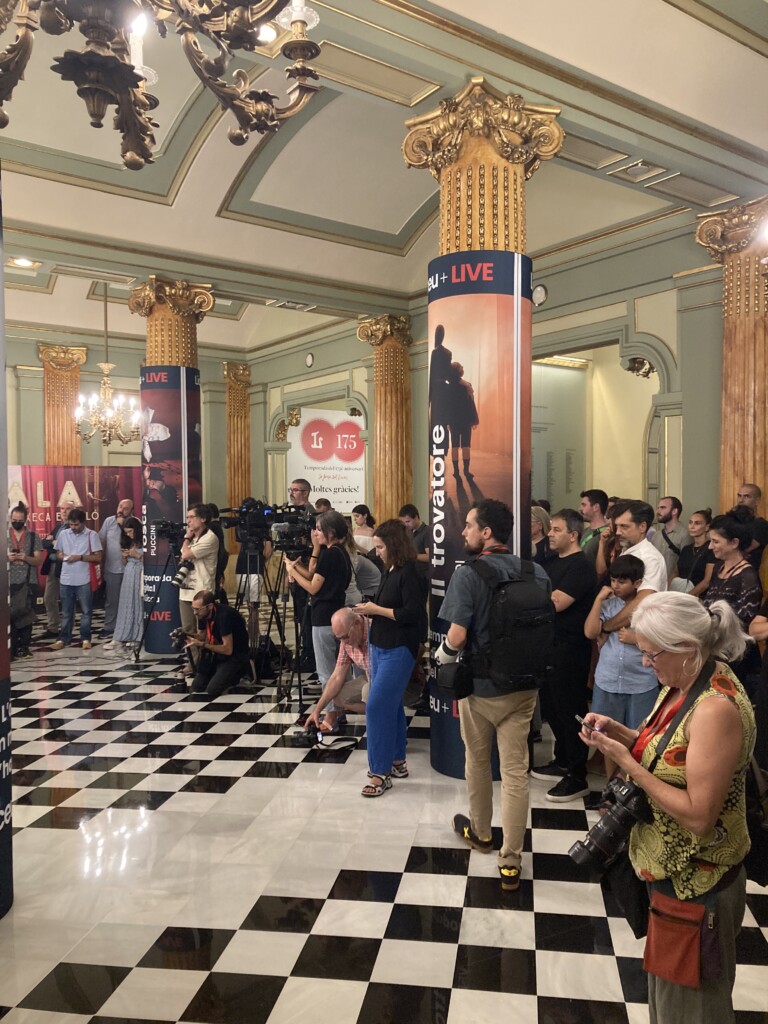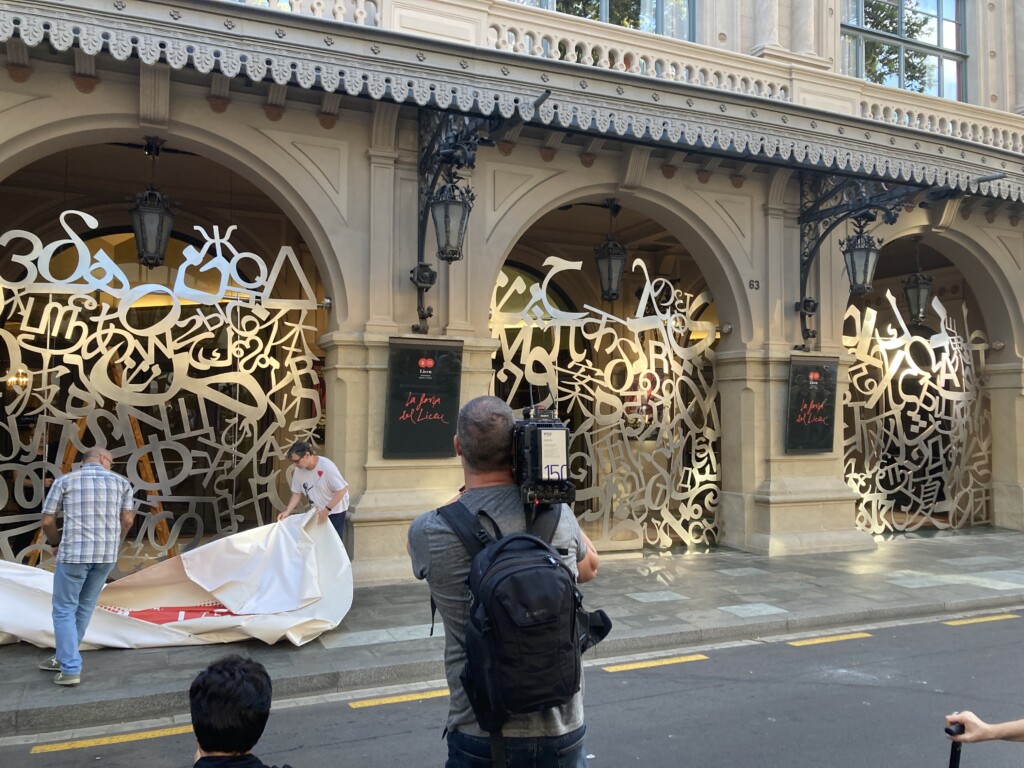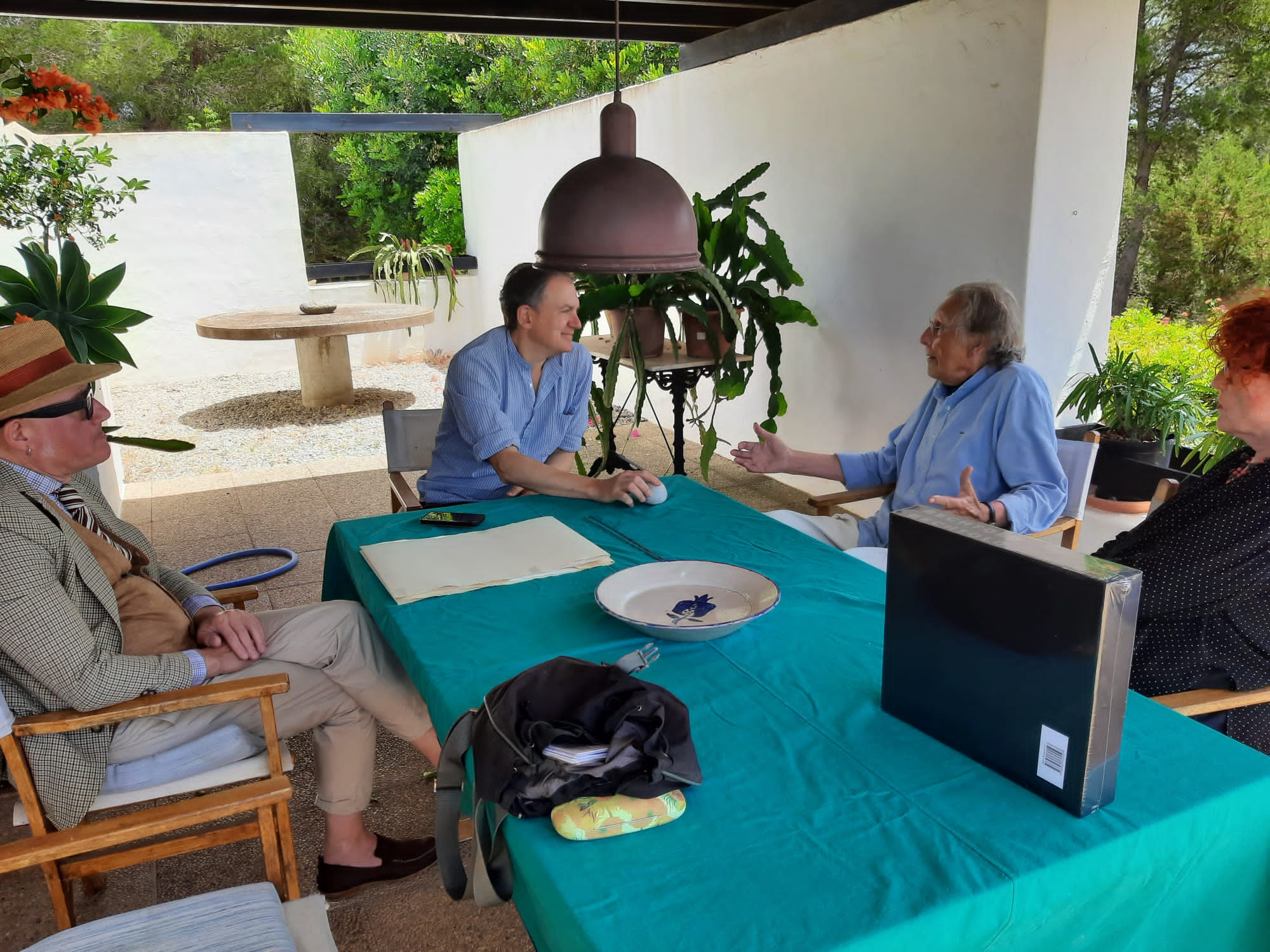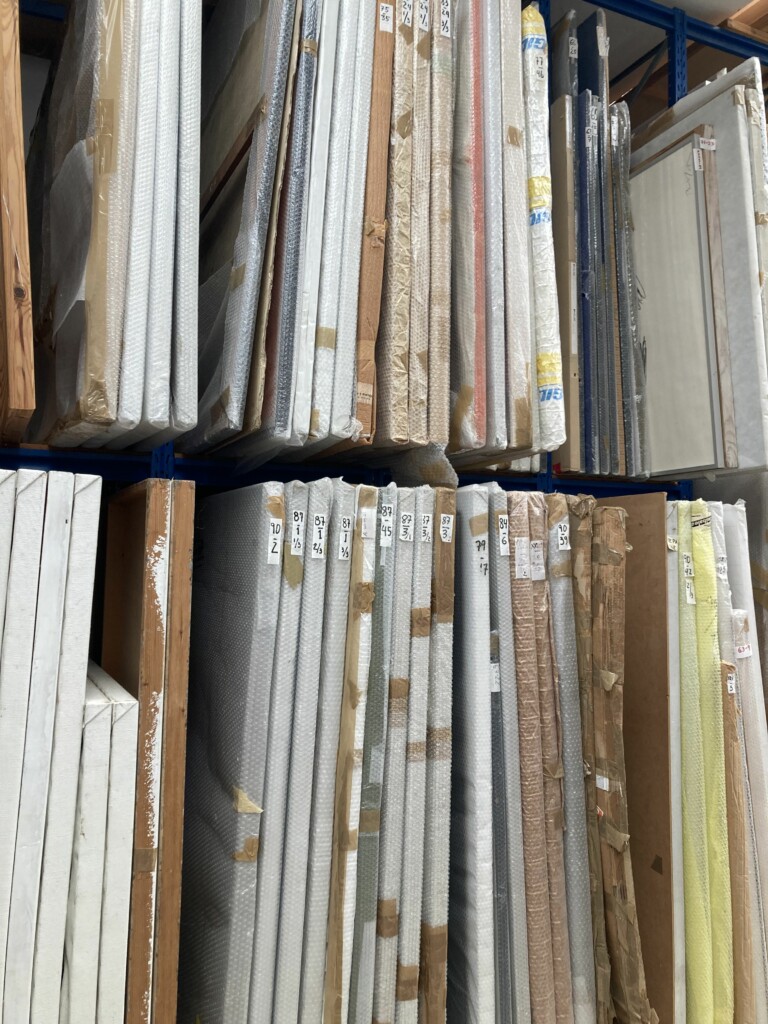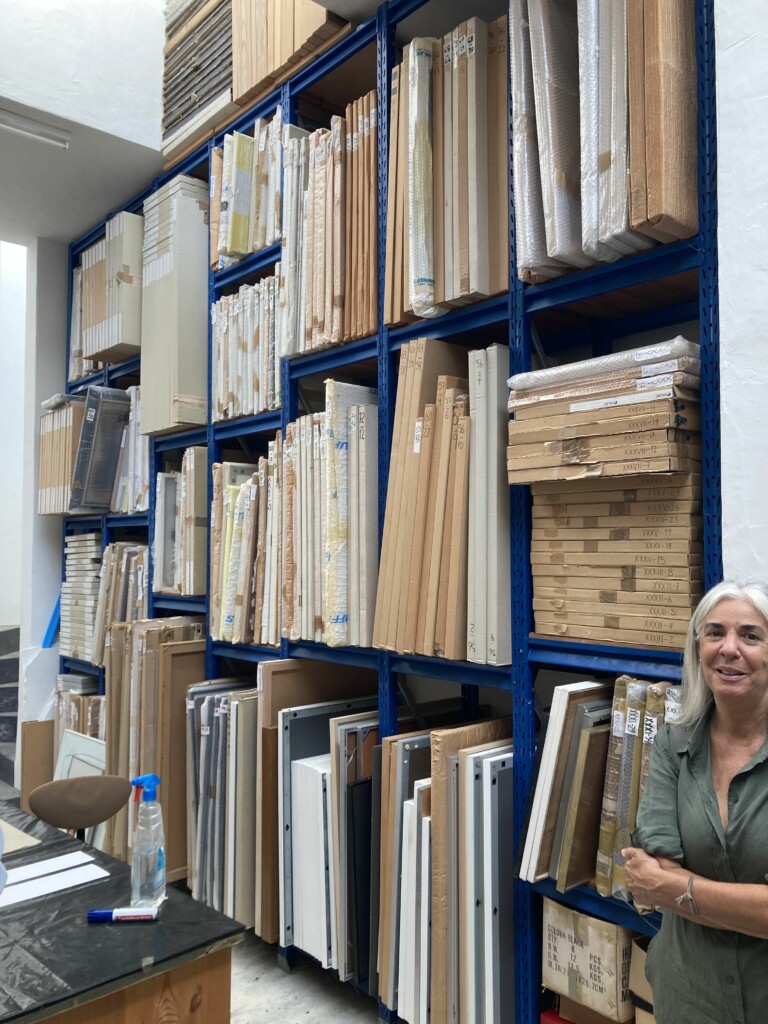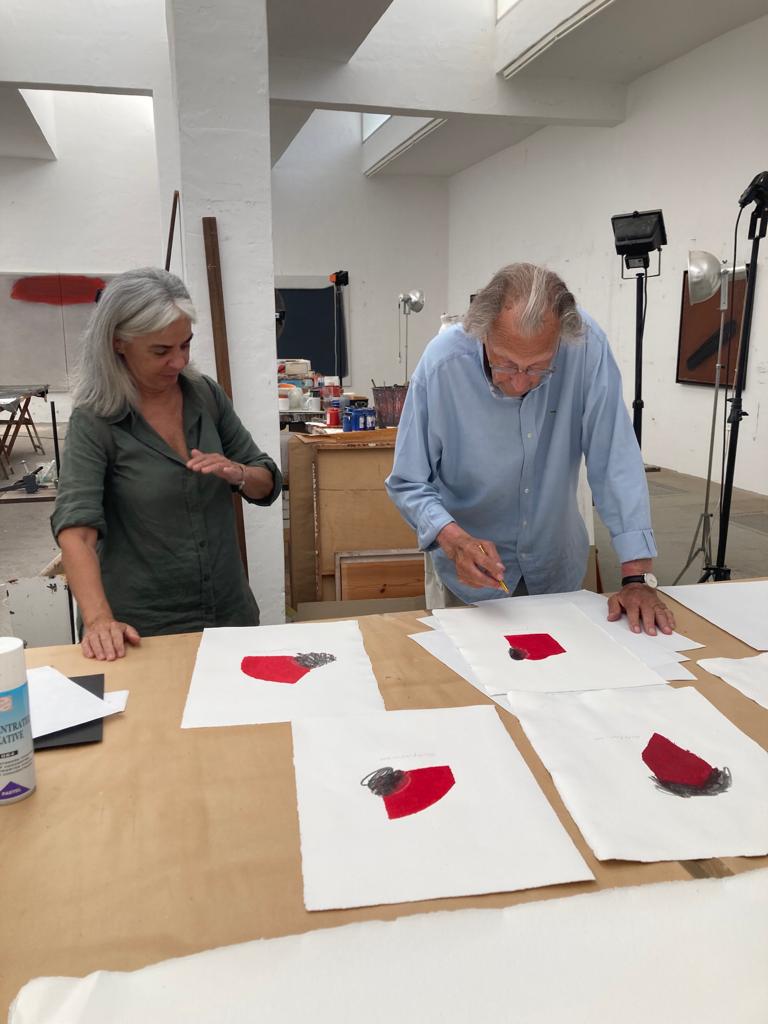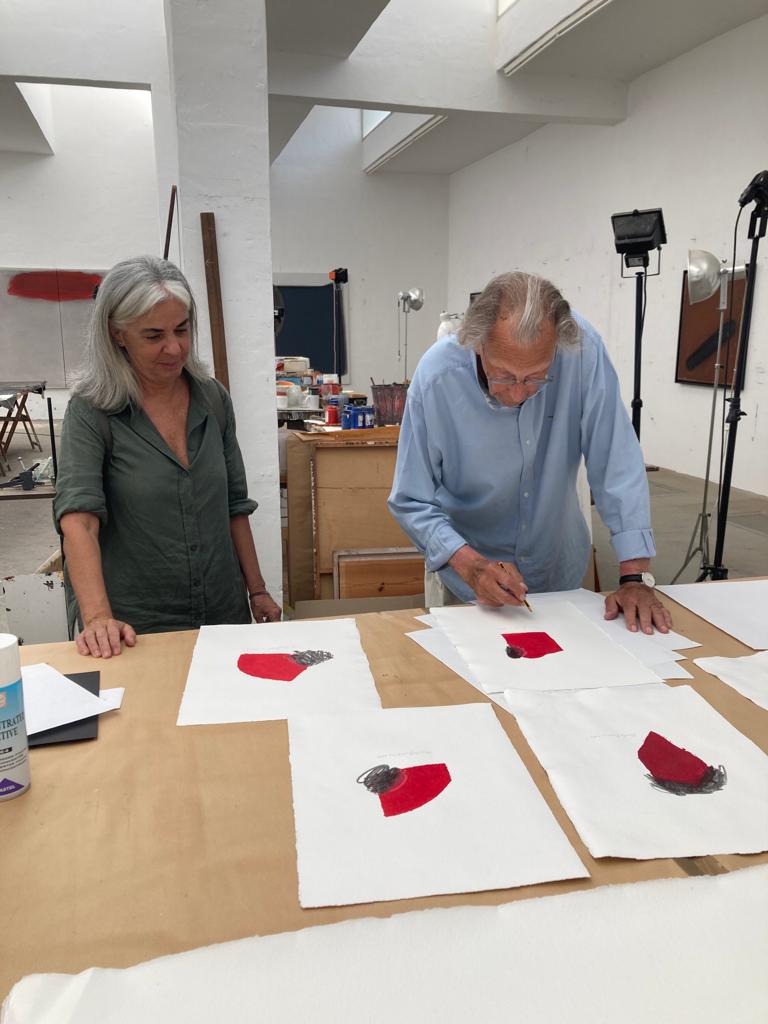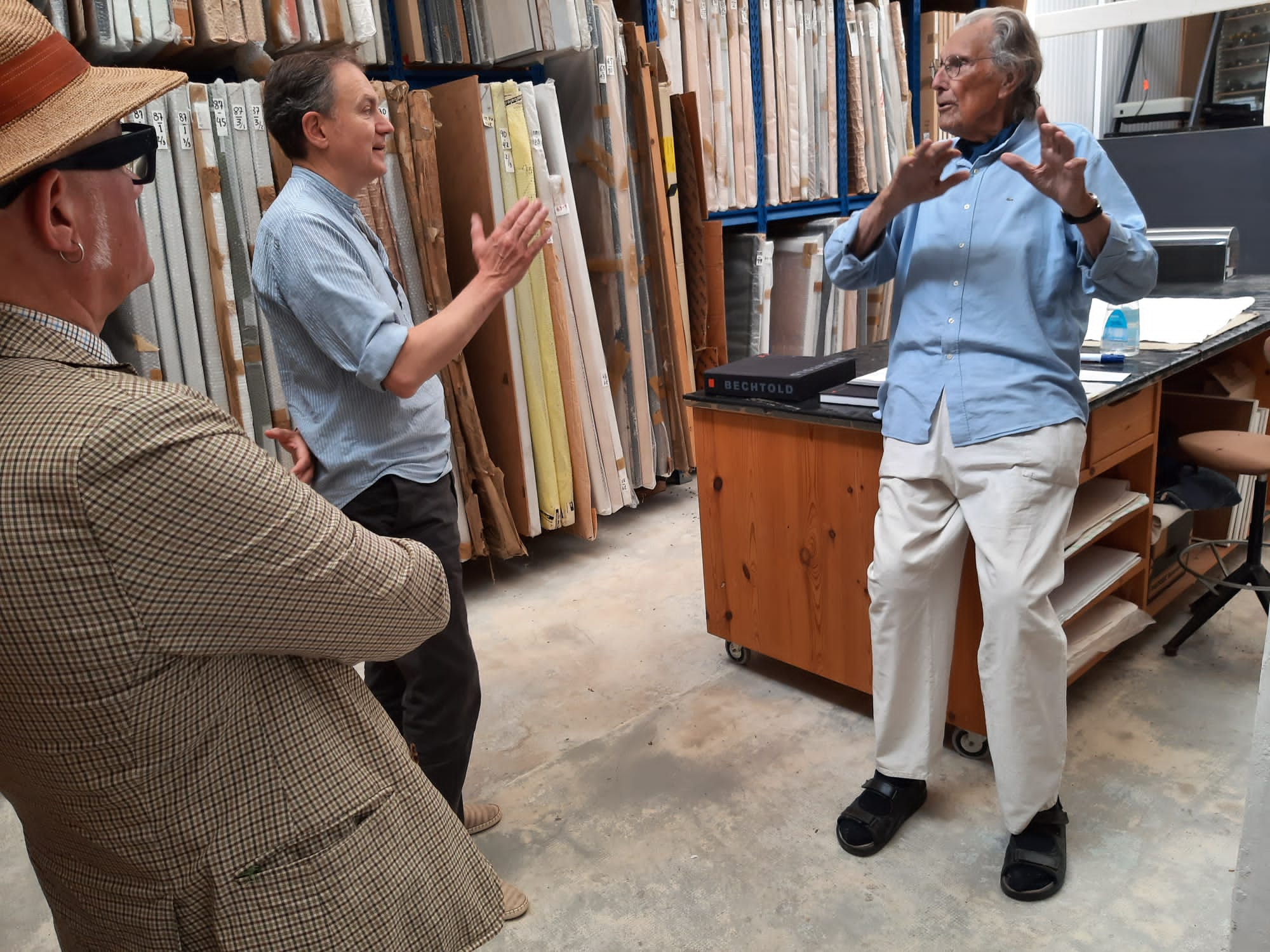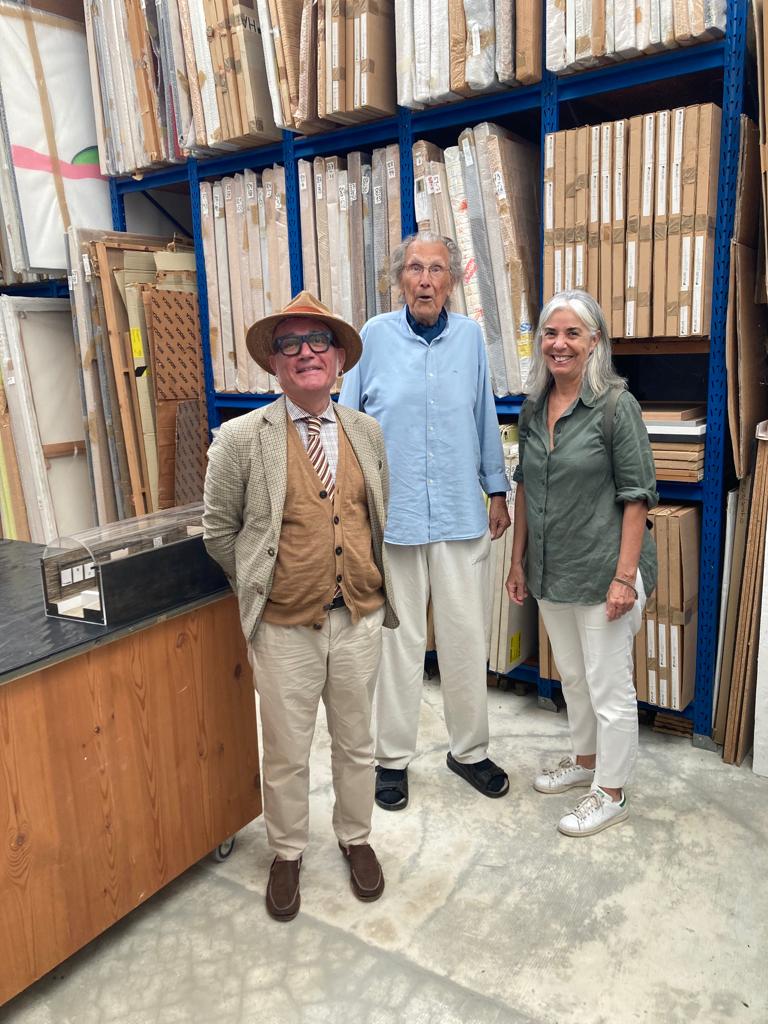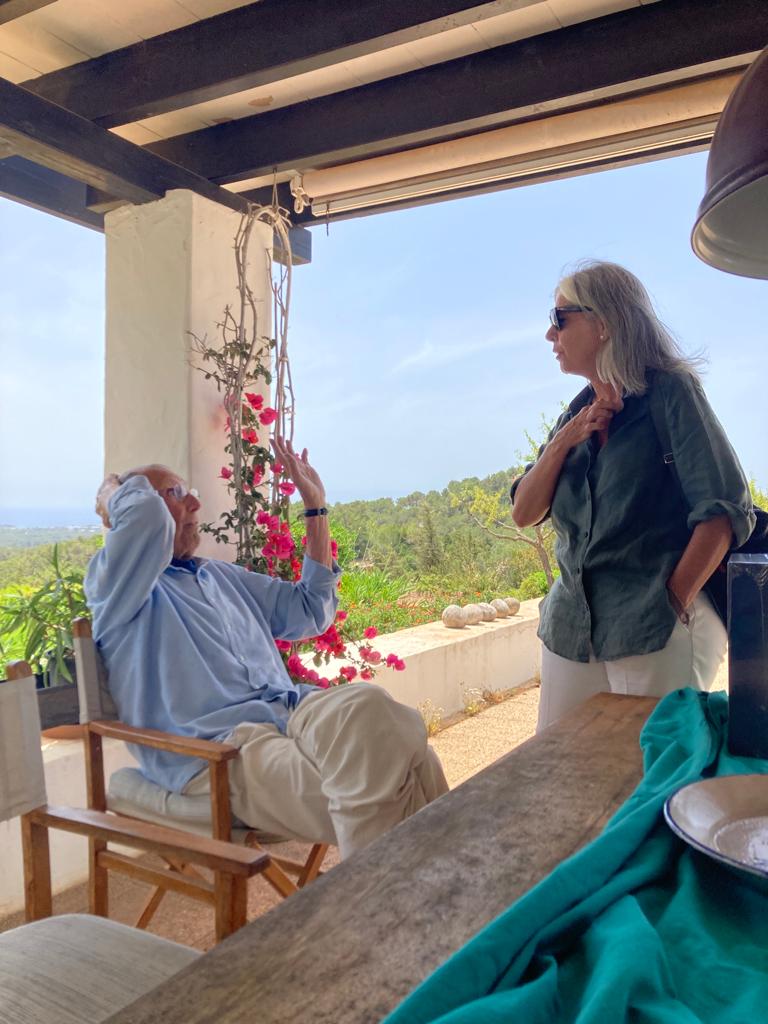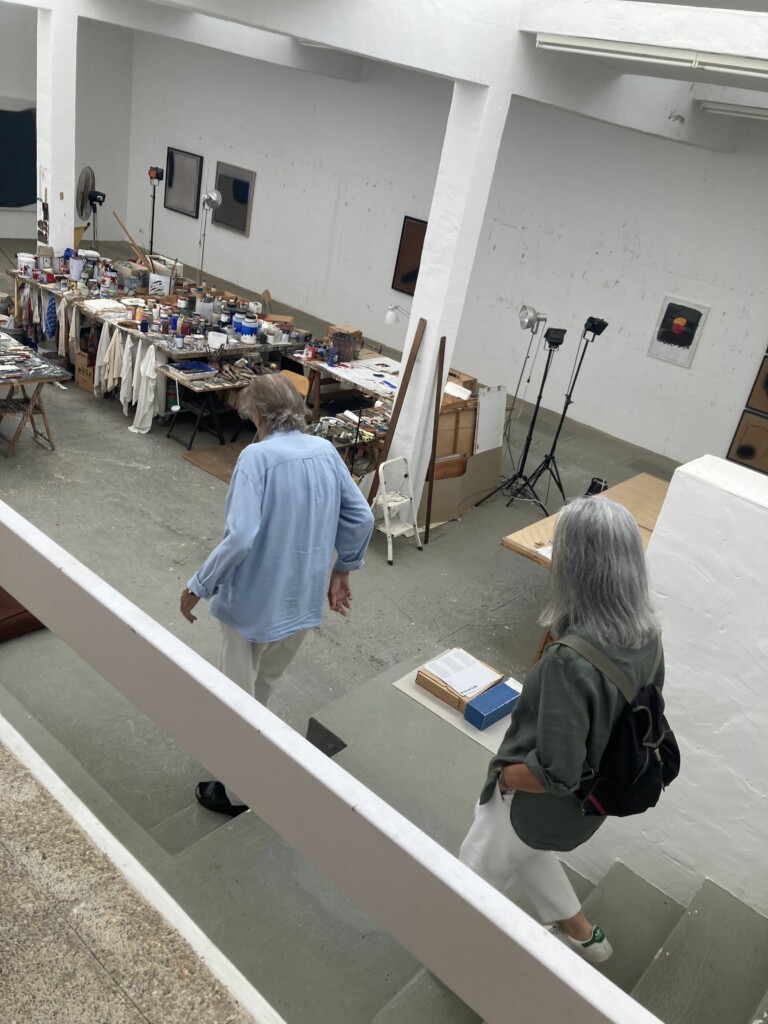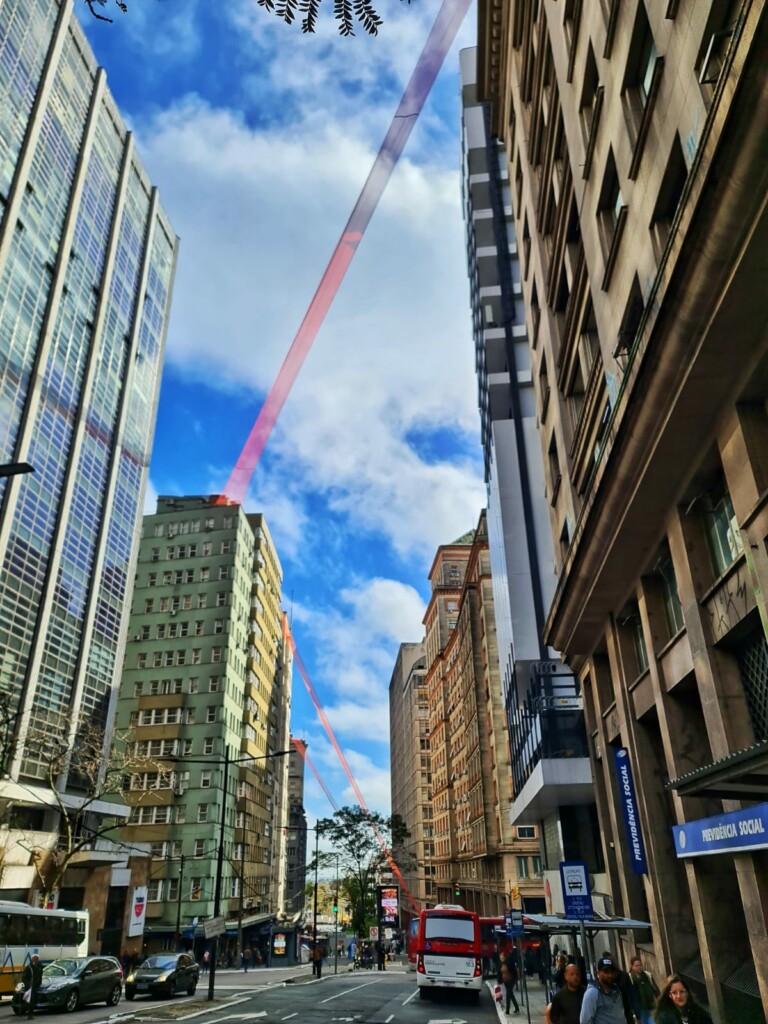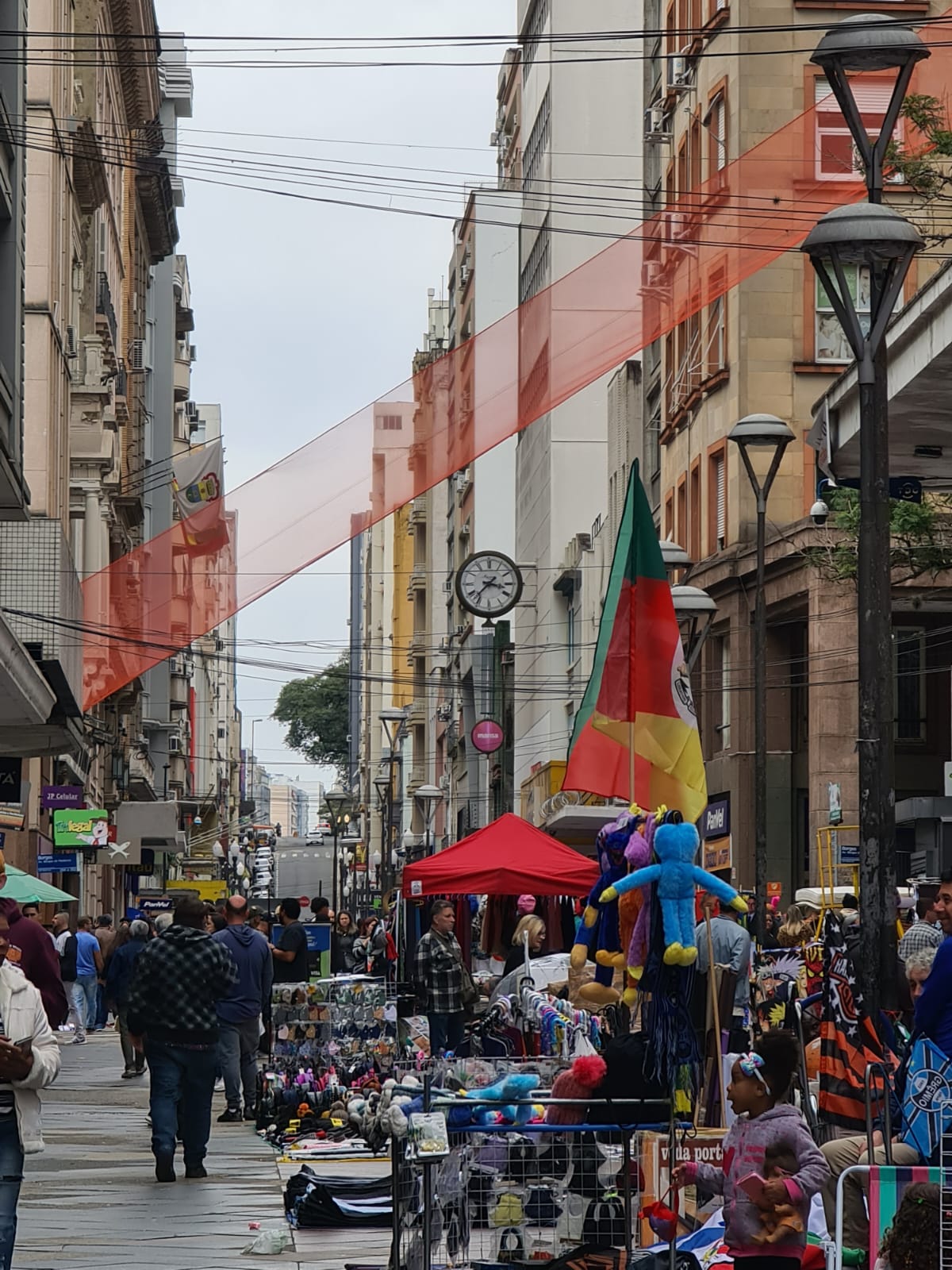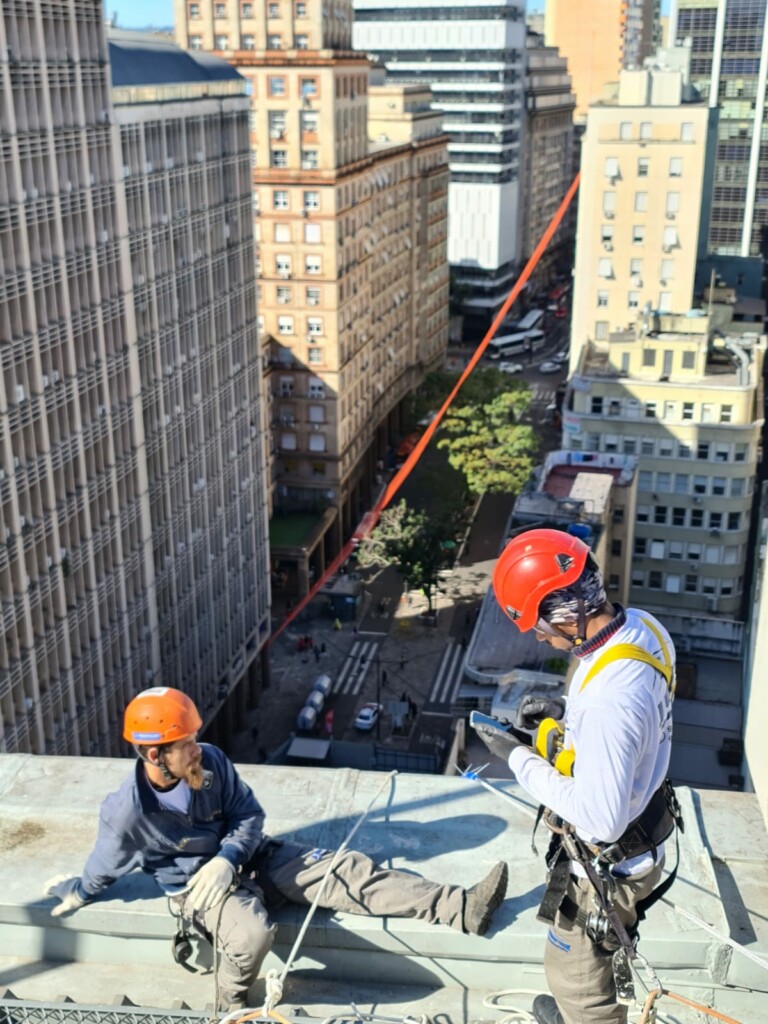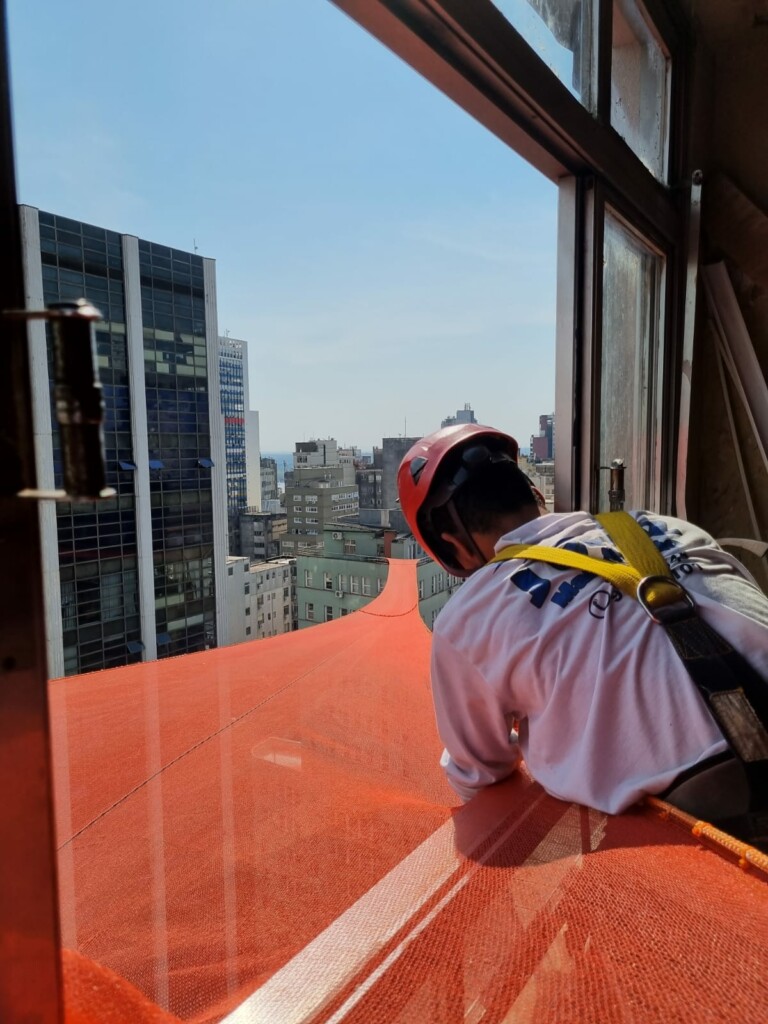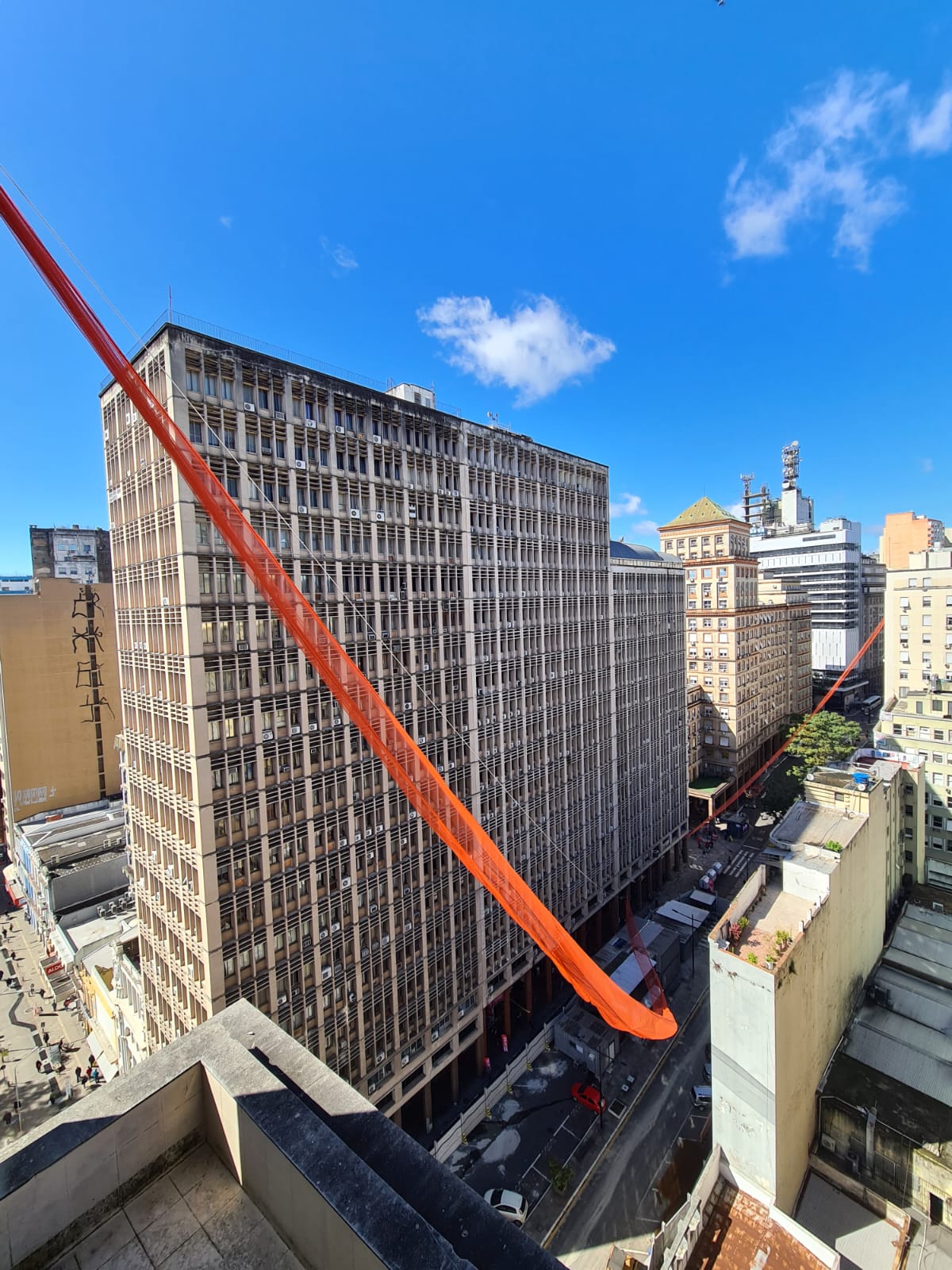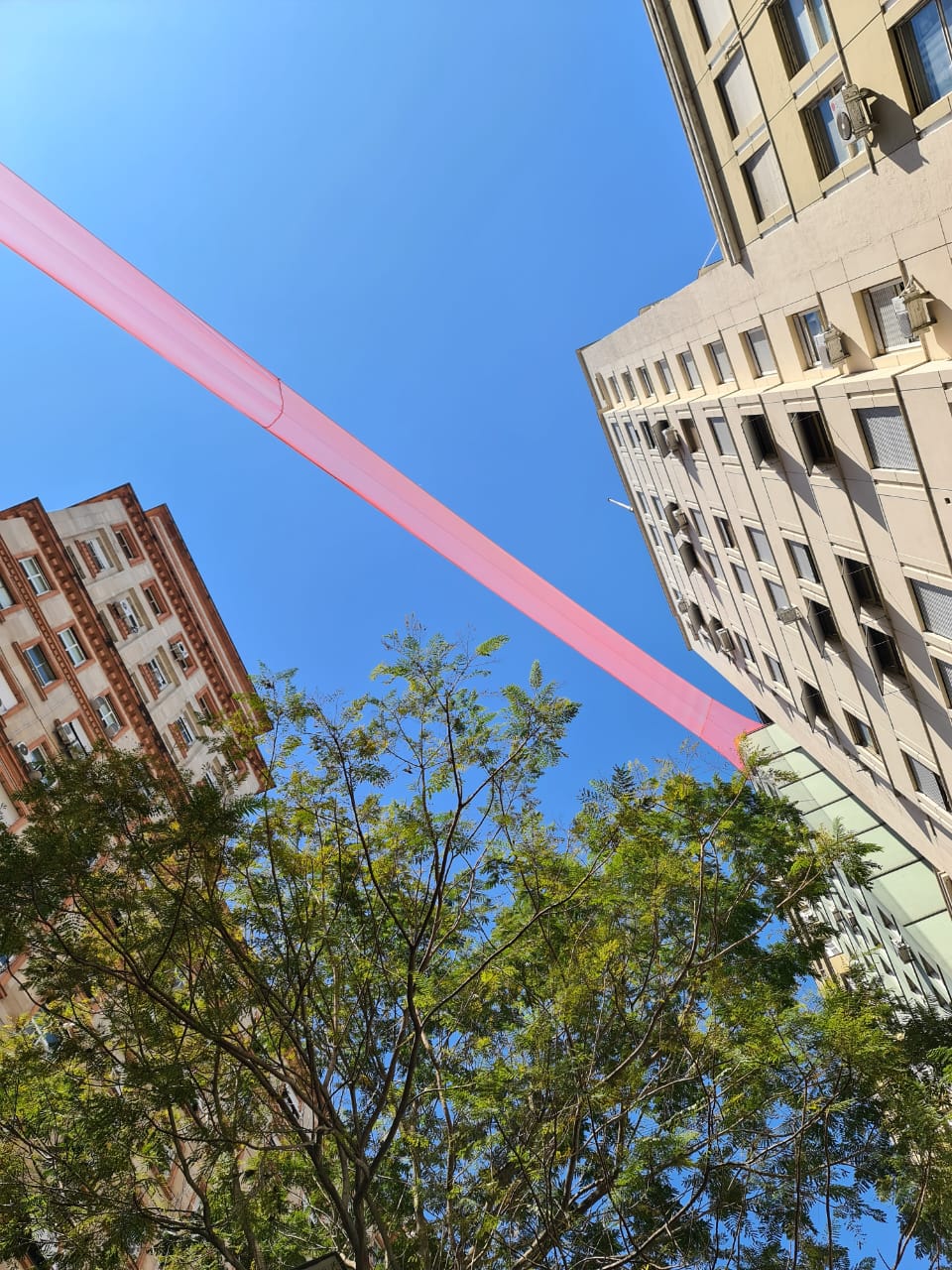- No products in the cart.
Inverso Mundus, by AES+F at Recontemporary, Torino
During the period of the Artissima fair, Recontemporary presents “Inverso Mundus” by the AES+F collective, a show in collaboration with Galeria SENDA (Barcelona).
Opening: Friday, November 4 from 7:00 p.m. to 9:00 p.m.
Press Preview: November 2 and 3, 10:30 a.m. – 1:30 p.m.
Extraordinary openings Art Week: 5.11 → 10.30am – 9pm / 6.11 → 4pm – 9pm
The work is signed by the AES+F collective, artists who have represented Russia on various occasions and events such as the Venice Biennale and Sao Paulo, and who at this time have openly distanced themselves from the politics of their country. A choice intended to support artistic production regardless of the country of origin.
Inverso Mundus is a critique of the despotic situation we live in today, in the midst of the climate, social and economic crisis, exploitation and gender inequality. The video work, about 40 minutes long, is presented with an ad hoc setting designed by the designer Andrea Isola with the input of the participants in the Exhibition Design workshop organized by Recontemporary in the days immediately prior to the opening.
The work “Inverso Mundus” has as its initial point of reference the carnivalesque engravings of the 16th century in the “upside down world” genre, an early form of populist social criticism that emerged with the arrival of Gutenberg’s printing press. The title of the project mixes old Italian and Latin, from a centuries-old stratification of meanings, combining “Inverso”, the Italian “reverso” and old Italian “poetry”, with the Latin “Mundus”, which means “world”. “.
This work reinterprets contemporaneity through the tradition of printmaking, depicting a contemporary world consumed by a tragicomic apocalypse where social conventions are turned upside down to highlight underlying premises we take for granted:
Metrosexual garbage men bathe the streets with sewage and garbage. An international board of directors is usurped by its impoverished doppelgangers. The poor give alms to the rich. Chimeras come down from the sky to be petted like pets. A pig guts a butcher. Women dressed in cocktail dresses sensually torture men in cages and devices inspired by IKEA furniture in an ironic reversal of the Inquisition. Tweens and octogenarians fight a kickboxing match. Riot police embrace protesters in an orgy on a huge luxurious bed. Men and women carry donkeys on their backs and virus-like radiolaria in Haeckel’s illustrations, peering out and perching on unsuspecting people who are busy taking selfies.
The video’s background music is an amalgamation of Léon Boëllmann’s 1895 Gothique, an original piece by contemporary composer and media artist Dmitry Morozov (also known as VTOL), along with excerpts from Ravel, Liszt, Mozart and Tchaikovsky, with a special emphasis on “Casta Diva” by Norma by Vincenzo Bellini.
Recontemporary message:
“The works are a reference to the current situation of sudden changes and extreme instability, a moment in which more than ever it is necessary to be carried away by the communicative power of art and the power it has to unite and make people reflect, synthesizing universal messages.”



























































































